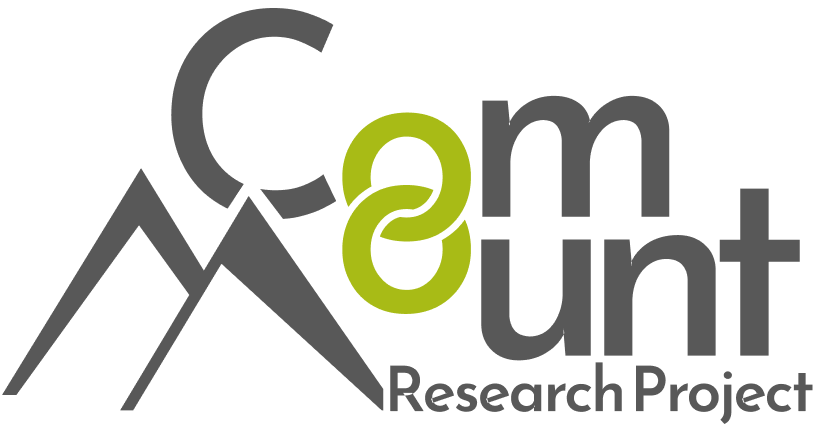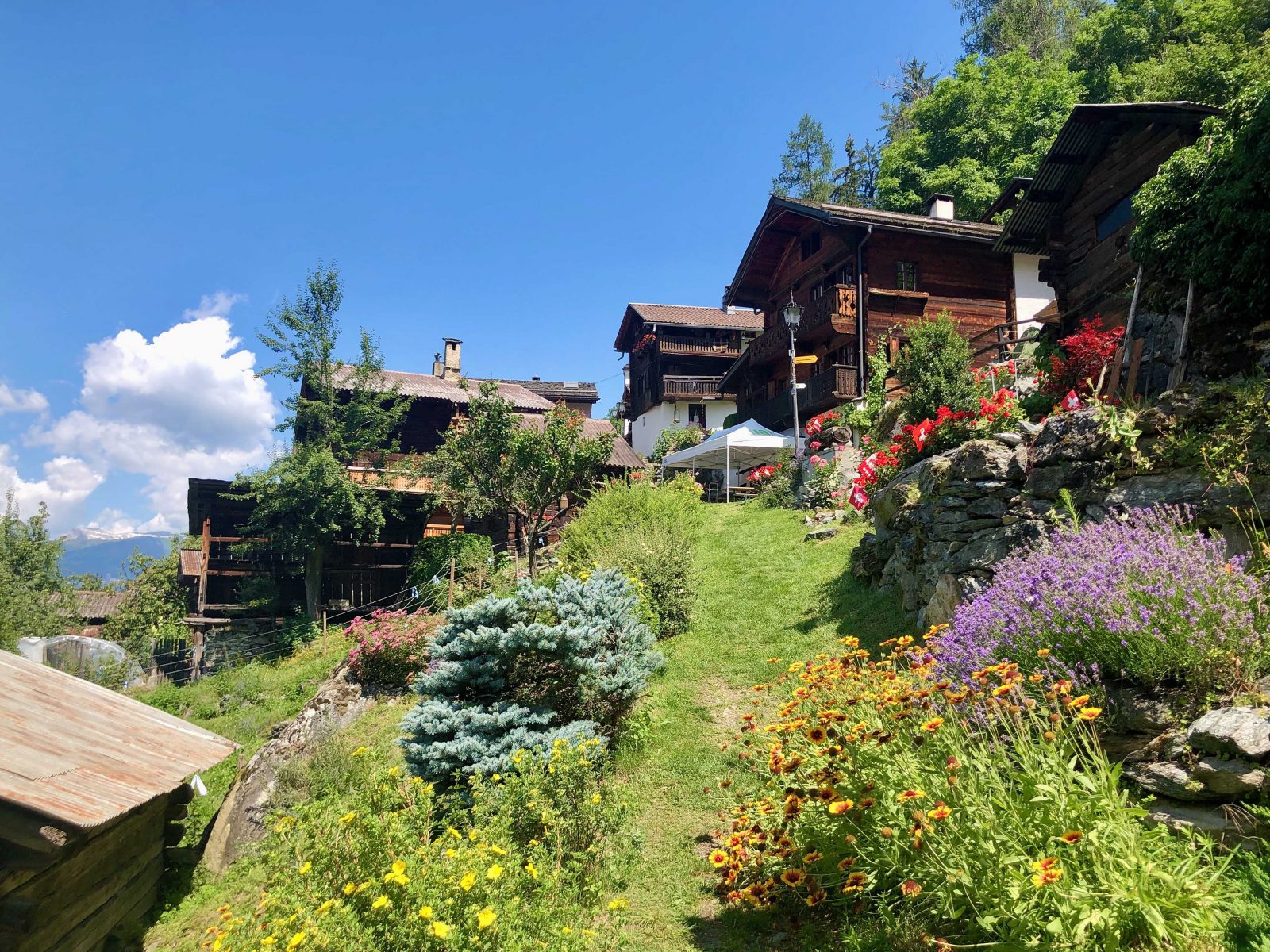Welcome to the website of the ComMount research project, conducted at the University of Lausanne, in collaboration with Università della Svizzera italiana (USI) and CREPA (Centre Régional d’Etudes des Populations Alpines), and funded by the Swiss National Science Foundation (SNSF).
Below is a summary of the project, and here you will find translations in French and Italian.

Mountain COMmons : questioning past and present Commons to address territorial development issues in MOUNTain areas (ComMount)
In the context of global change, mountains are facing important economic, social and environmental issues. Contemporary forms of commons – that we name ‘new mountain commons’ – appear as potential levers for addressing them.
Commons are defined here as a model of resource organization and management gathering three socio-ecological components: a resource, a community and a set of rules regulating access, use and management of the resource. Commons are qualified as ‘new’ by the fact that they are of recent creation and that they concern the provision of goods and services from resources other than natural. In a preparatory project, we have identified several cases of ‘new mountain commons’ dealing for ex. with infrastructure (ski lifts or energy production), heritage, and the supply of local services (community groceries, maternity center, etc.).
The objective of the ComMount project is to understand:
- How these new commons are structured and organised?
- What are the spatial, social, political and economic conditions of their emergence and development?
- How do they relate to the ‘historical commons’ that have existed and continue to exist in mountain regions?
- And finally, in what way do ‘new mountain commons’ constitute a lever for territorial development and the evolution of the governance of mountain territories?
To address these issues, we are creating an interdisciplinary research protocol and conduct in-depth case studies in two alpine regions.
Expected results
We expect (i) to develop cutting-edge knowledge on new commons in mountain areas as well as on their contribution to territorial development; (ii) to identify relations between historical and new commons; (iii) to identify good practices for and obstacles to the development of such commons.
Header picture: Fang d’en Haut (Val d’Anniviers, Valais), by Loïc Giaccone – Logo creation: Louise Rhodde

